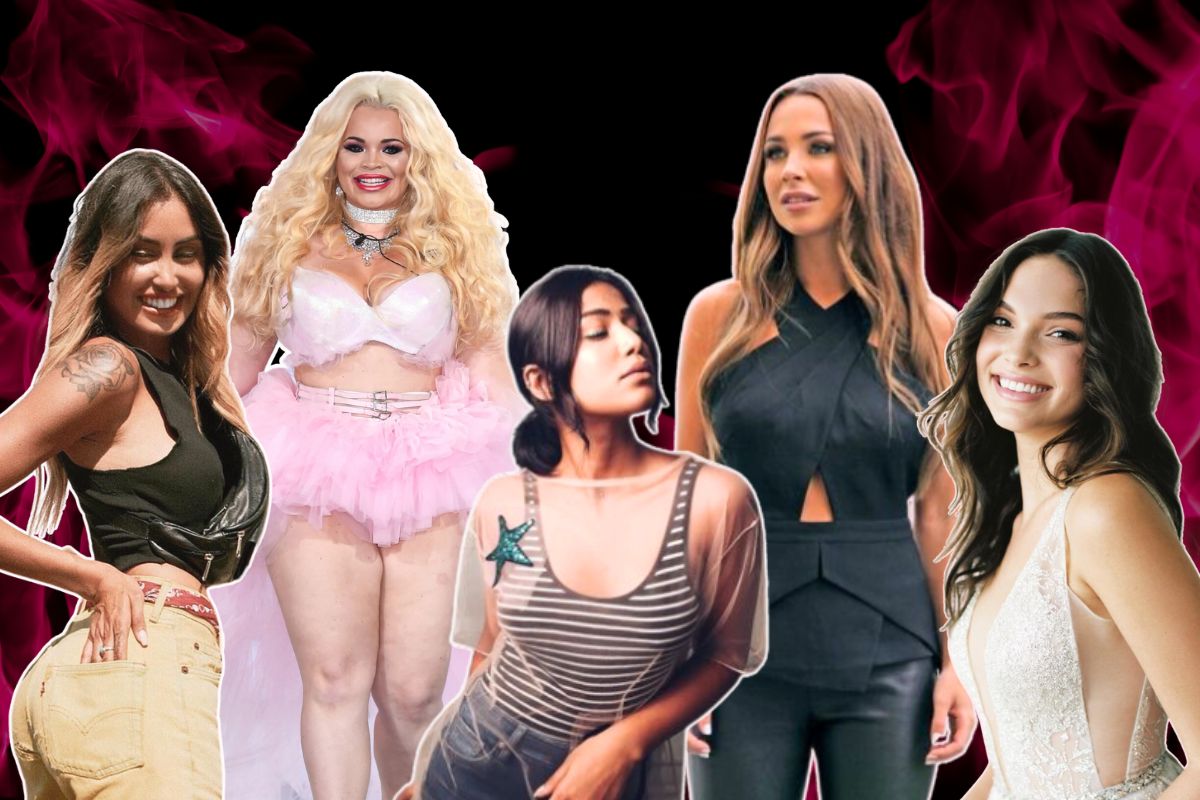

Welcome to the world of Real Girls Gone Bad – a space where female freedom and self-expression take on a whole new meaning. In today’s age of social media, influencers are constantly pushing the boundaries and shocking audiences with their wild antics, all in the name of staying relevant and gaining followers.
But what drives these real girls to go bad? Is it for attention, money, or something deeper? Join us as we delve into the intriguing world of real girls gone bad and their quest for fame.
Table of Contents
First on our list of real girls gone bad is Kensington Tillo, a 23-year-old influencer with a significant following on TikTok, who became the subject of an online debate about privilege after she decided to leave the Coachella music festival a day early.
Despite having VIP passes, which can cost up to $1,500, Tillo chose not to attend the third day of the festival, stating she didn’t want to “push [herself]” and needed to “listen to [her] body” to avoid a “complete spiral” as had happened on a previous group trip.
Tillo was invited to Coachella by Kourtney Kardashian’s lifestyle brand, Poosh, which she described as “the dream scenario of Coachella.”
However, she opted to leave for Cabo, Mexico, for relaxation instead.
Her decision and the subsequent TikTok video where she got fully glammed-up for social media pictures, despite not going to the festival, sparked a conversation about influencer culture and privilege.
Some commenters suggested that she should have stayed to create content or donated her wristband to someone who wanted to attend.
A French social media influencer, Oceane El Himer, found herself at the center of controversy when she was caught pretending to be flying business class.
Oceane, known for her appearances on French TV shows, posted a photo on Instagram dressed in a green and purple tracksuit in the business class cabin of a flight from Dubai to Monaco.
However, passengers on the same flight later spotted her in economy class, wearing the same outfit, and shared photos online.
The incident sparked a debate about authenticity and the portrayal of lifestyles on social media.
Oceane responded to the viral situation by posting another picture in business class with a caption that humorously acknowledged the previous incident.
Third on our list of real girls gone bad is Tupi Saravia, a travel influencer. She faced public scrutiny when it was discovered that she had been editing the same cloud formation into her travel photos.
The repetition of the clouds across different images caught the attention of her followers and quickly became a topic of conversation online.
Saravia admitted to using a photo-editing app called Quickshot to add clouds to her pictures, particularly favouring one cloud pattern because it was her preferred choice.
The incident sparked discussions about authenticity on social media and the expectations set by influencers.
Despite the criticism, Saravia took the situation in stride and even partnered with the app’s developers to create new cloud patterns, turning the controversy into an opportunity for collaboration.
Trisha Paytas, a YouTube personality, faced significant backlash after releasing a video titled “I AM TRANSGENDER (FEMALE TO MALE)” in which she claimed to be transgender despite identifying “1000 per cent” with her birth gender.
In the video, Paytas expressed that she feels more masculine than feminine and related to being a gay man, stating that she identifies as a boy at times.
However, she also mentioned that she intends to continue using her birth name and female pronouns, and does not prefer gender-neutral pronouns.
The video, which was seen by some as clickbait, sparked a wave of disapproving reactions on social media. Critics accused Paytas of being an example of real girls gone bad and not genuinely understanding the transgender experience.
Santoshi Shetty, a fashion influencer, faced criticism for offering paid one-on-one therapy sessions on Instagram.
She announced an initiative called “Flying Cheese,” where she charged Rs 1,500 for a session, claiming to provide ‘positive vibes’ and encourage open discussions on mental health.
However, netizens and mental health professionals called her out for her lack of qualifications and deemed the move irresponsible and insensitive.
The last one on our list of “Real Girls Gone Bad” is Johanna Olsson, a Swedish Instagram influencer.
She faced criticism for posting photos from her Paris trip that appeared to be heavily photoshopped.
The images in question showed Olsson in various iconic locations around Paris, but the editing was done so poorly that she seemed to be floating above the ground or had odd outlines around her figure.
Despite the backlash and the obvious editing flaws, Olsson defended her actions by stating that everyone edits their photos and she chose not to remove them because they were part of a collaboration and she liked the outfit and pictures.
To wrap it up, even though these popular real girls gone bad have made some waves with what they’ve done, their experiences show us just how tricky and changing the world of social media can be.
As people who watch and follow them, we have the power to think carefully about what we see online, asking ourselves if it’s real and encouraging honesty and true self-sharing on the internet.
Sign up to receive our email, delivering the latest stories straight to your inbox.
